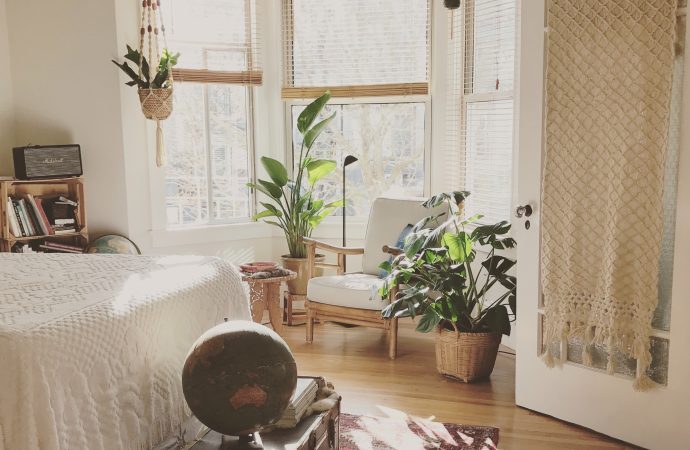Are you looking for a unique style of home that combines classic charm and modern sophistication? If so, a Tudor Revival home may be just what you’re looking for. Tudor Revival homes offer a distinctively British look that is sure to turn heads. These stately homes are inspired by medieval architecture, but with a modern
Are you looking for a unique style of home that combines classic charm and modern sophistication? If so, a Tudor Revival home may be just what you’re looking for. Tudor Revival homes offer a distinctively British look that is sure to turn heads. These stately homes are inspired by medieval architecture, but with a modern twist. In this blog post, we’ll explore the history and characteristics of Tudor Revival homes, as well as the styles they come in. We’ll also take a look at some of the pros and cons of owning this type of home so you can decide if it’s right for you.
Common Characteristics of Tudor Revival Homes
There are a few things that you can look for when trying to identify a Tudor Revival home. They often have steeply pitched roofs, tall narrow windows, and decorative half-timbering on the exterior walls. The Tudor Revival style became popular in the United States in the late 19th and early 20th centuries. This was partly due to the popularity of the British Arts and Crafts movement, which emphasized a return to simple, handcrafted designs.
Tudor Revival homes are often one or two stories tall, with prominent cross gables. The front door is typically located centrally within the front facade, and is often flanked by sidelights and topped with a transom window. Windows are usually double-hung sashes with small panes of leaded glass. Brick or stone chimneys are another common feature of Tudor Revival homes.
Styles of Tudor Revival Homes
Tudor Revival homes are some of the most popular and iconic styles of homes in America. Though they vary in size and style, all Tudor Revival homes share certain characteristics, like steeply pitched roofs, ornate stone or brickwork, and large, leaded-glass windows.
There are several different styles of Tudor Revival homes, each with its own unique features. The most common style is the English Tudor, which is characterized by its half-timbered facade and symmetrical layout. Other popular styles include the French Tudor, which features stucco walls and a more asymmetrical design, and the Spanish Tudor, which has a stucco exterior and an ornate mission-style roofline.
No matter what style of Tudor Revival home you choose, you’re sure to end up with a beautiful and timeless home that will be the envy of your neighborhood.
Where to find Tudor Revival Homes
If you’re looking for a Tudor Revival home, you’ll likely find them in affluent neighborhoods. That’s because these homes were once only affordable to the upper class. Today, they’re still on the pricier side but more within reach for the average person.
Tudor Revival homes are characterized by their steeply pitched roofs, half-timbering (exposed wood beams) and large, multi-paned windows. Their exteriors are often made of brick or stucco with stone accents. You’ll also find that many Tudor Revival homes have beautiful gardens and landscaping.
There are several different styles of Tudor Revival homes, including Elizabethan, Jacobean and Medieval. Each style has its own unique characteristics. For example, Elizabethan style Tudor Revival homes often have decorative half-timbering on the exterior while Jacobean style homes tend to be more ornate with intricate detailing.
If you’re interested in finding a Tudor Revival home, your best bet is to search in well-to-do neighborhoods or consult with a real estate agent who specializes in this type of property.
How to decorate a Tudor Revival Home
When it comes to Tudor Revival homes, the options for decoration are endless. However, there are a few key things to keep in mind when decorating this style of home. First and foremost, Tudor Revival homes should be kept relatively simple and uncluttered. Too much decoration can overwhelm the space and take away from the home’s overall charm.
Another important thing to consider when decorating a Tudor Revival home is the use of colors. Dark, rich colors were commonly used in traditional Tudor-style homes. However, today’s homeowners often opt for lighter, more modern hues. When choosing paint colors, it’s important to consider the home’s overall style and personality. For a more modern look, try using light neutrals or even bolder shades.
When it comes to furnishings, stick with pieces that are classic and timeless. Avoid anything too trendy or contemporary. Stick with solid wood furniture in dark stains or painted finishes. For a more unique look, mix and match different woods and finishes. And don’t forget about accessories! Candlesticks, vases, books, and other small items can add a lot of character to a space. Be sure to choo
Conclusion
Tudor Revival homes are an iconic style of architecture that have been around for centuries and still inspire many of today’s designs. While some aspects of this style remain the same, there are always subtle differences from one region to another which helps give each home its own unique personality. We hope this guide has provided you with an in-depth look at the different characteristics, styles, and features associated with Tudor Revival homes so that you can appreciate their beauty even more!

















Leave a Comment
Your email address will not be published. Required fields are marked with *